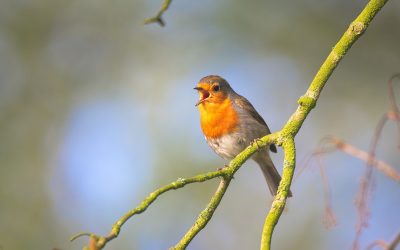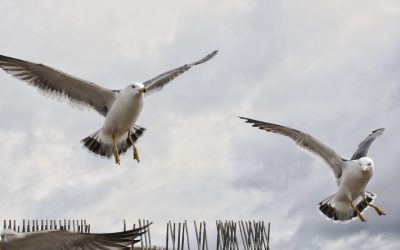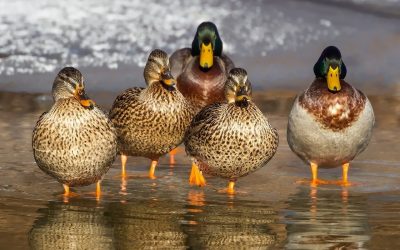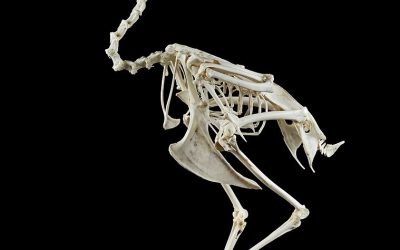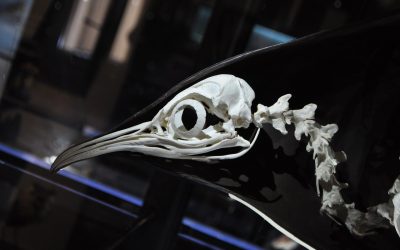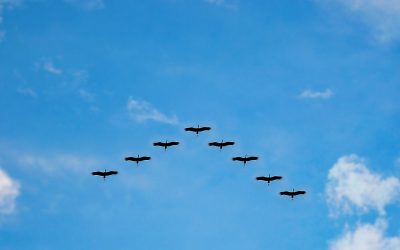Ecology & Conservation
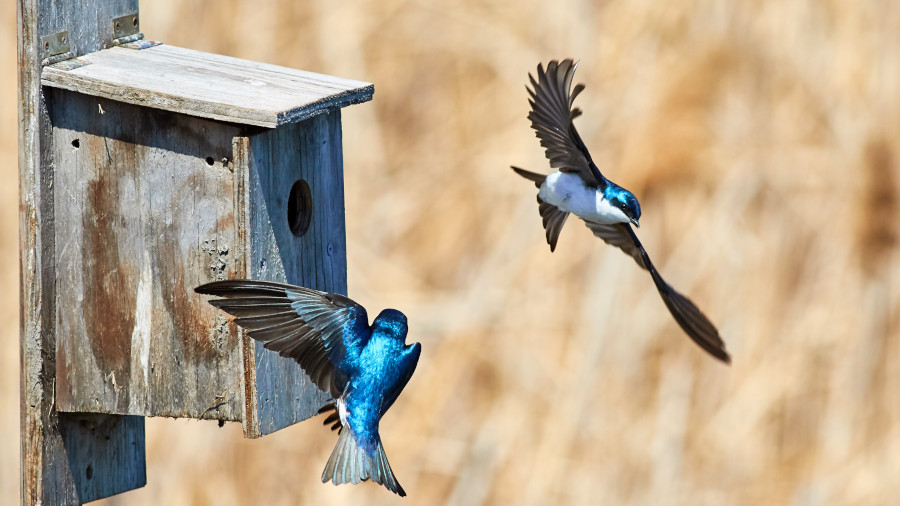
Quick Facts about Bird Nests
Birds are an incredibly diverse animal group. This is reflected in many aspects of their reproductive ecology, as you can see in this short list of facts about the nests of birds.
Why birds sing in the morning
Bird singing varies throughout the day and generally follows a circadian (daily) rhythm, usually along what’s known as a bimodal pattern, i.e. two main periods of singing activity. In the case of most birds, there is much singing during the early morning and a lower level of singing in the evening.
Quick Facts About Bird Flight
Birds are an incredibly diverse animal group. This is certainly reflected in their flying abilities, as you can see in this short list of facts about bird flight.
Quick Facts About Aquatic Birds
Birds are very well adapted to aquatic environments, as you can see in this short list of facts about the swimming ability of birds.
Quick Facts About Bird Physiology
Birds are an incredibly diverse animal group. This is reflected in their physiology, as you can see in this short list of facts about the stamina and endurance ability of birds.
The Longest Bird Life Spans
It is interesting to see how long it is possible for birds to live. And some species are surprisingly long-lived.
Quick Facts About Bird Anatomy
Birds are an incredibly diverse animal group. This is reflected in every aspect of their anatomy, as you can see in this short list of facts about the bodies of birds.
Quick Facts About Bird Eggs
Birds are an incredibly diverse animal group. This is reflected in the large differences between some of the species with regards to their breeding biology, as you can see in this short list of facts about bird eggs.
How Do Birds Stay Warm in Winter?
When it’s cold outside and much of North America is in the midst of a deep freeze what do birds do when it gets this cold? Pull out a small pile of warm blankets to hide under? No, they have a better way of staying warm.
Why birds fly in a V-shaped formation
Long, trailing Vee’s of flying ducks and geese are one of the truly enduring images of wild animals. The sight of those wavering V’s crossing the sky means only one of two things: either spring has begun or winter is close at hand.
Facts about Boreal Forest Birds
The boreal forest is a vast tract of coniferous and mixed coniferous-deciduous forest which stretches from the Atlantic Ocean to the Pacific Ocean across northern Canada and through Alaska. At this size, the boreal forest represents one-quarter of the world’s remaining original forests.
The Life Span of Some Common Birds
Here are the longest known life-spans for a variety of common bird species from North and Central America.


